LET’S SCARE JESSICA TO DEATH. Don’t be fooled by this horror’s title – it’s not a prank…
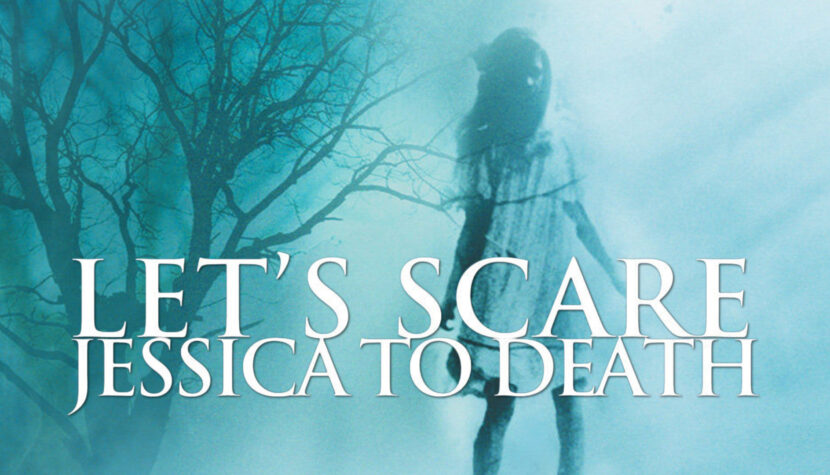
The titular Jessica (Zohra Lampert) is a young woman who travels with her husband, Duncan (Barton Heyman), and their friend, Woody (Kevin O’Connor), to their newly purchased house in the countryside. We learn that she has spent the last six months in confinement, likely in a psychiatric hospital. Although Jessica is always cheerful and happy, we hear her thoughts, in which she confesses her uncertainty about reality to herself. She quickly begins to see things that cannot be real. Subsequent signs, however, indicate the possibility of supernatural danger.
Filmed in the fall of 1970 and released in American theaters almost a year later, John D. Hancock’s Let’s Scare Jessica To Death begins with a scene in which Jessica sits alone in a boat in the middle of a lake and admits that she doesn’t know if what happened to her was real, a dream, or her imagination. We go back a few days to see a hearse into which someone places a large wooden box, presumably a coffin. The vehicle then drives to a cemetery, but when it stops, we see the word “Love” on the driver’s door, and a young woman energetically jumps out of the car. It turns out the hearse serves as a regular means of transport, and it carries an instrument in a large case instead of a coffin. Jessica’s hobby is tracing stone tombstones. We also get to know Duncan and Woody—Duncan is a balding, thirty-something double bassist (we learn that he gave up his position in the New York Philharmonic to buy a house and take care of his wife), while his friend is a positive, curly-haired man who still believes in hippie ideals. Instead of a funeral, we see a completely different image: people who are very much alive and happy about it. Nevertheless, the suggestion of the initial scenes gives us the sense of dealing with themes related to death throughout the rest of the film.
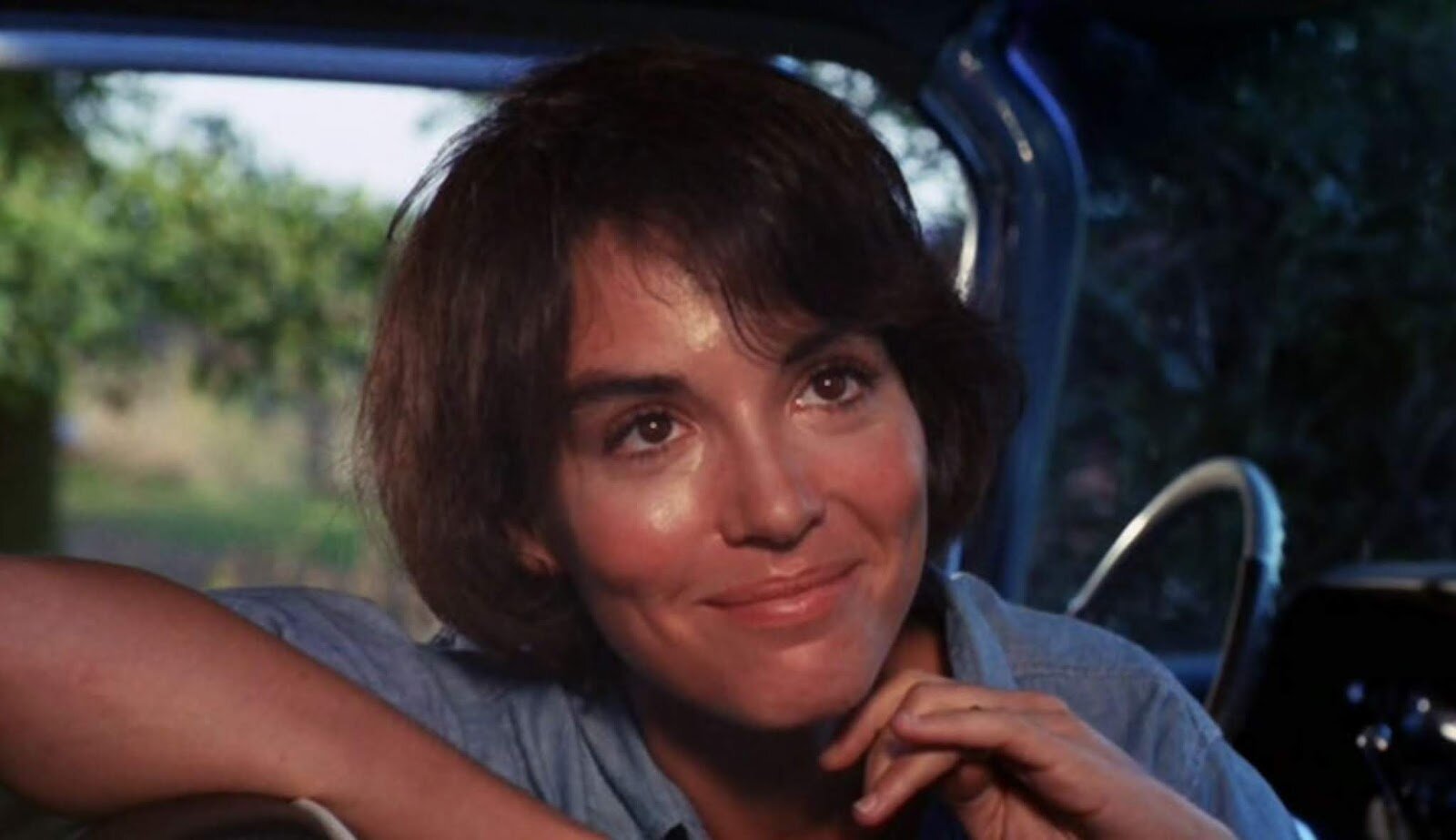
When the protagonists arrive at their new home, they discover that someone already resides there. The red-haired vagabond is named Emily (Mariclare Costello), and after the sudden arrival of the homeowners, she initially wants to leave as soon as possible. However, at Jessica’s persuasion, she decides to stay. Although Emily’s behavior seems quite ordinary, she exudes a strange aura, influencing the men in a typical manner and keeping Jessica in a constant state of uncertainty. Initially, jealousy of her husband comes to the fore, but a much more sinister concept emerges later, especially when Jessica finds an almost century-old photo depicting a woman strikingly similar to Emily. The owner of the local antique store tells the tragic history of their house, punctuating it with a mention of vampires.
Let’s Scare Jessica To Death is less of a vampire horror, throwing in this trope almost casually (although many people have noticed that the plot resembles Sheridan Le Fanu‘s famous gothic novella, Carmilla). It focuses more on the behavior of the titular character, her reactions to even the smallest incidents, gestures, and words. Zohra Lampert, who plays Jessica, is phenomenal as the radiant Jessica, whose facade starts to seem forced and pretentious after a while. By hearing her thoughts (the director doesn’t spare us monologues from off-screen), we see how hard she is trying to convince her surroundings and even herself that she has already recovered. Lampert has large, sincere, warm eyes that make us want to trust her judgment. Still, on the other hand, her constant doubts and the visions she experiences confirm that her psyche is still fragile, and she herself is incredible. That is unless you accept the theory about vampires.
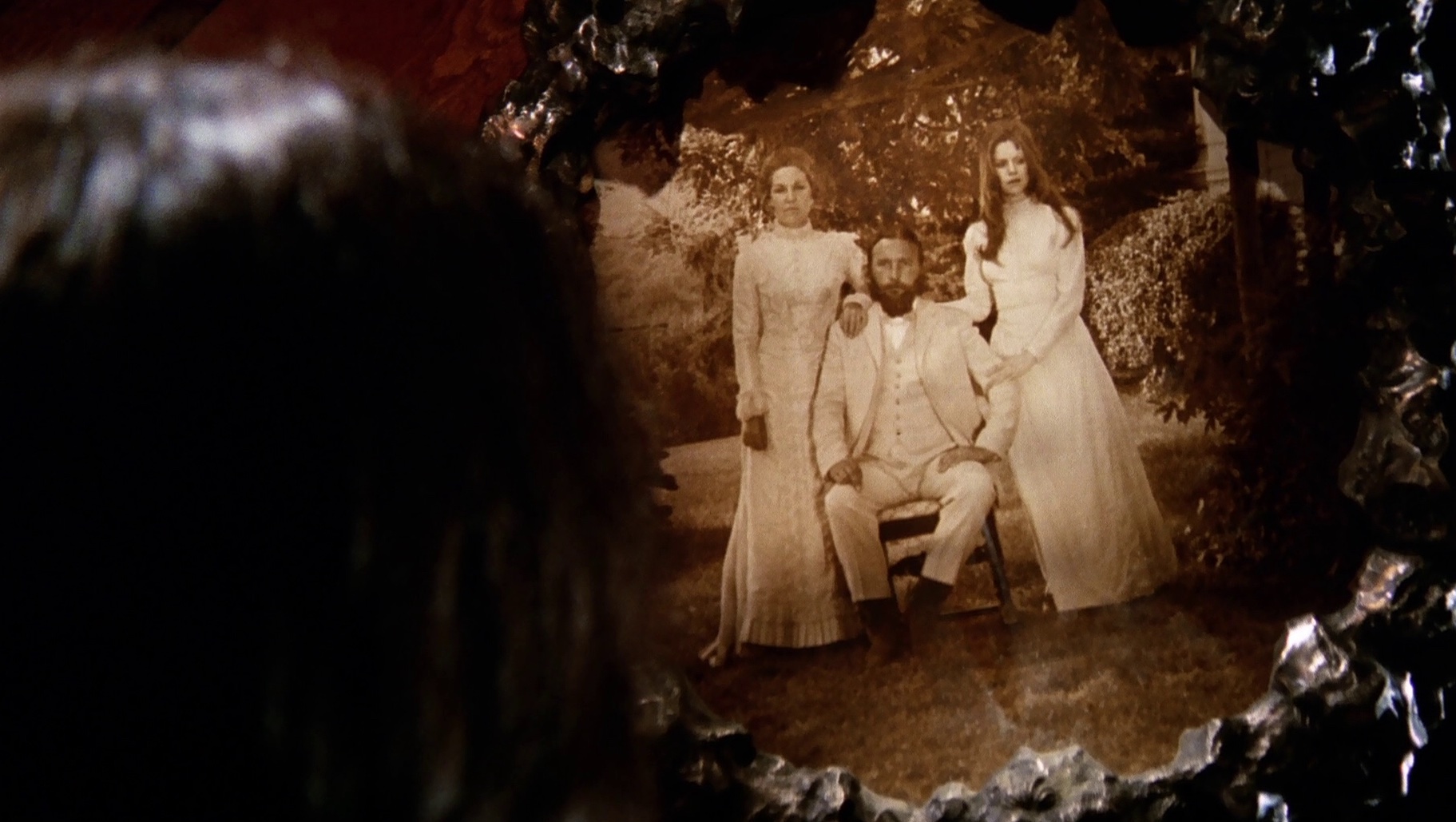
One of the horror motifs here is the hostility of the residents of the nearby town towards the newcomers. Initially, it seems to be due to their lifestyle, the caravan they arrived in, and the fact that they are young. However, after some time, it becomes apparent that the town is inhabited only by men, mainly older men, and each of them has a bandage hiding a deep, elongated scar. Subsequent scenes confirm that only Jessica reacts to these bandages and marks, which could mean that only she can see them. Still, it raises questions about the absence of women and children. Is this also her imagination? Screenwriters Hancock and Lee Kalcheim do not limit themselves to just two interpretations of their story (either what we see is the creation of a mentally ill protagonist, or it involves actual supernatural forces). They primarily search for horror in the unanswered questions.
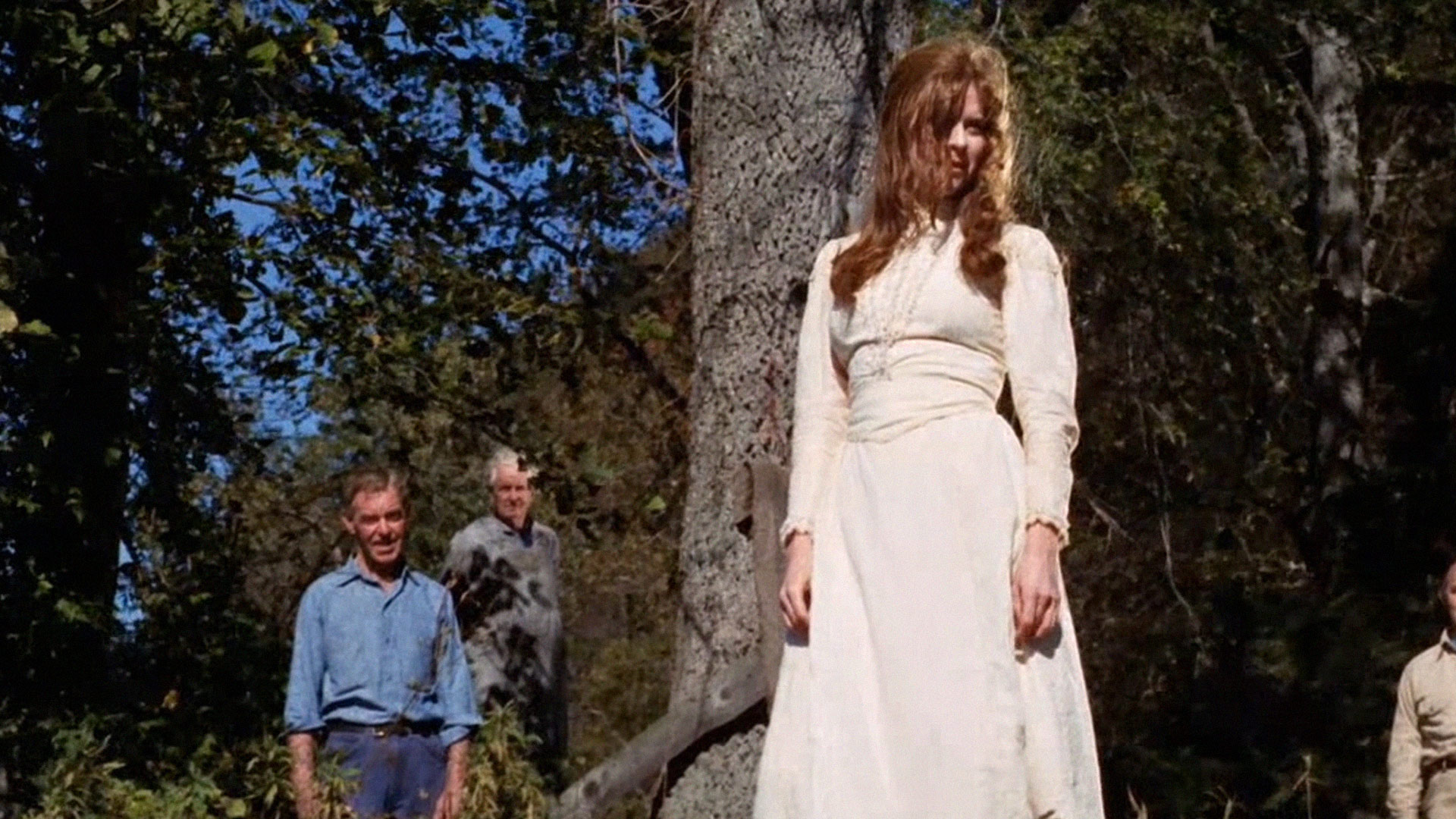
The title of the film itself (Let’s Scare Jessica to Death) contains a trap, immediately causing us to adopt a very specific point of view. Knowing that someone wants to scare Jessica, we observe the development of the story, focusing mainly on trying to figure out who is working against the character played by Lampert. This brings the possibility of another interpretation, but at the same time obscures the others. However, Hancock achieves something significant by doing this: he creates the illusion of understanding that we must quickly reconsider if we do not want to feel as lost as Jessica. The pre-imposed thesis makes it more challenging to deviate from it later, and we hold onto it as a lifeline. However, it actually lures us into the depths of interpretation. Watching Let’s Scare Jessica to Death a second time, knowing how to interpret the title, it is seen in an entirely different way.

Thematically, this unease most closely resembles Rosemary’s Baby and Roman Polanski’s Repulsion, but not stylistically. The low budget of Hancock’s Let’s Scare Jessica to Death (as well as Romero and Harvey’s works), the focus on the provincial and insularity that conceals the mysteries of the soul, psyche, and body, all work surprisingly effectively against the backdrop of typically American locations, often empty spaces, in frames that encompass familiar yet foreign landscapes. The warm autumn colors pretending to be summer can lull our vigilance. Still, Jessica knows better that the nearby lake can be a place of fun and also a place of fear, especially when a drowned man’s ghost emerges from the water. Perhaps it’s the fear of city dwellers of the peripheries since they associate horror not with the sight of a modern and bustling metropolis but with a small town where time stands still.
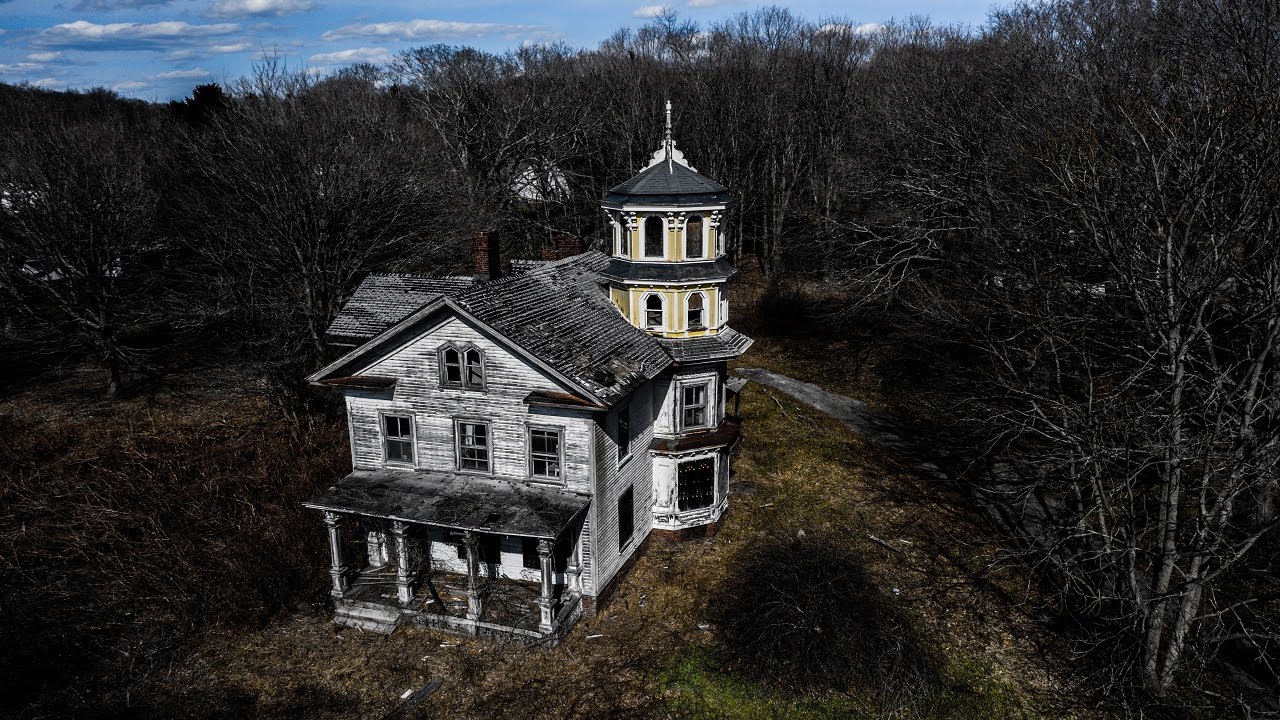
Let’s Scare Jessica to Death is a film of atmosphere, a horror in which the terror arises not from images but from the way they form a convincing threat. Or rather, how they persuade us of the possibility and direction from which the danger will come. To a large extent, it depends on us whether we prefer to fear the nightmares of the mind or the fantastic phantoms. But does one necessarily have to contradict the other?

